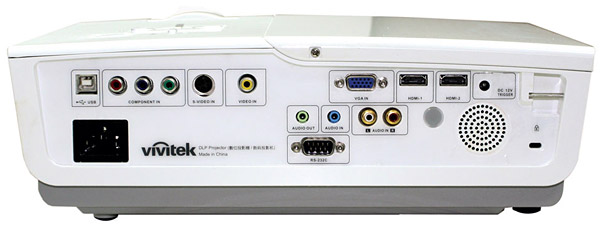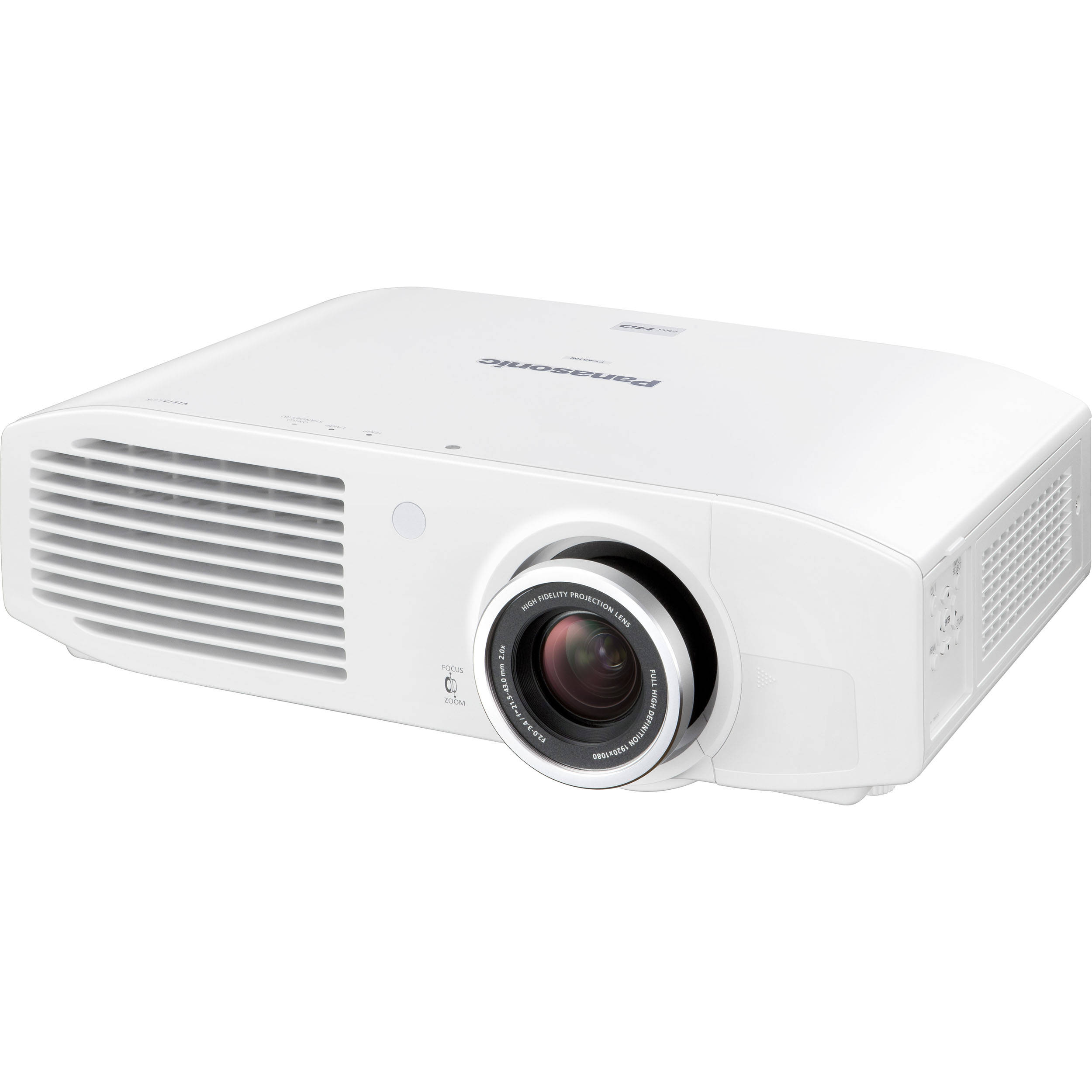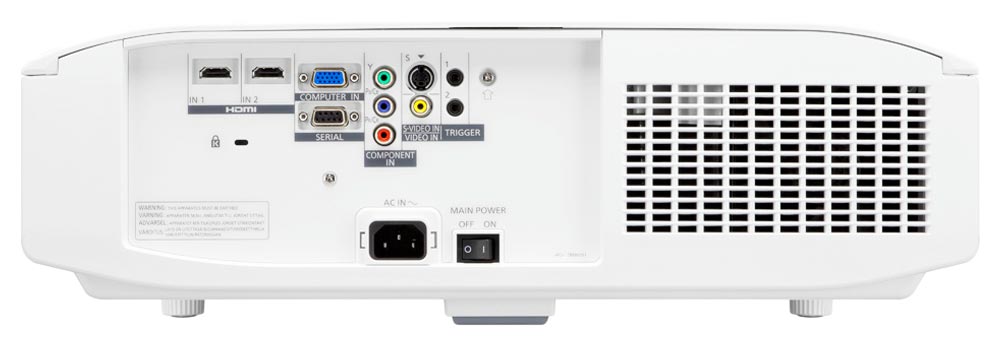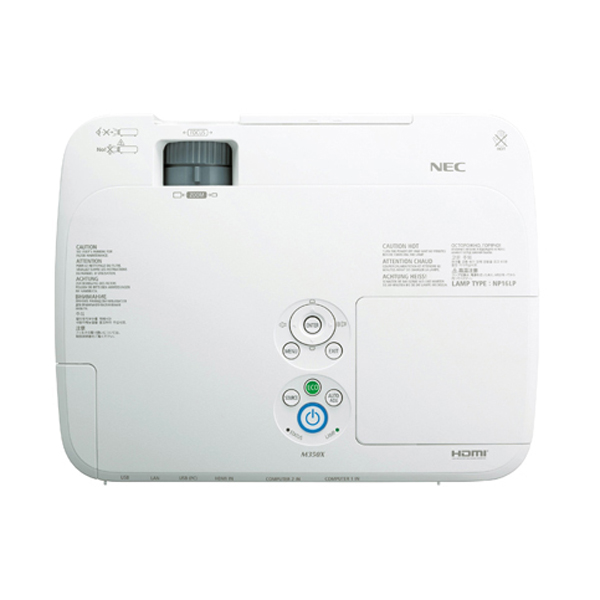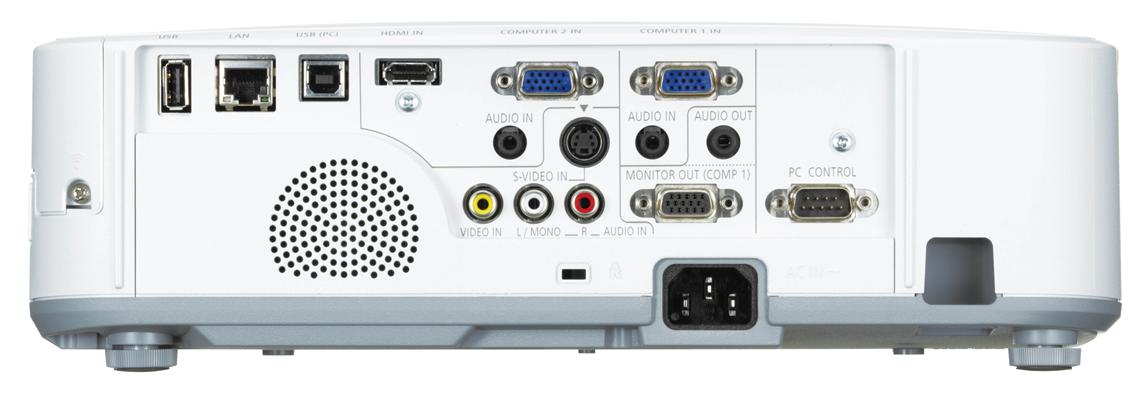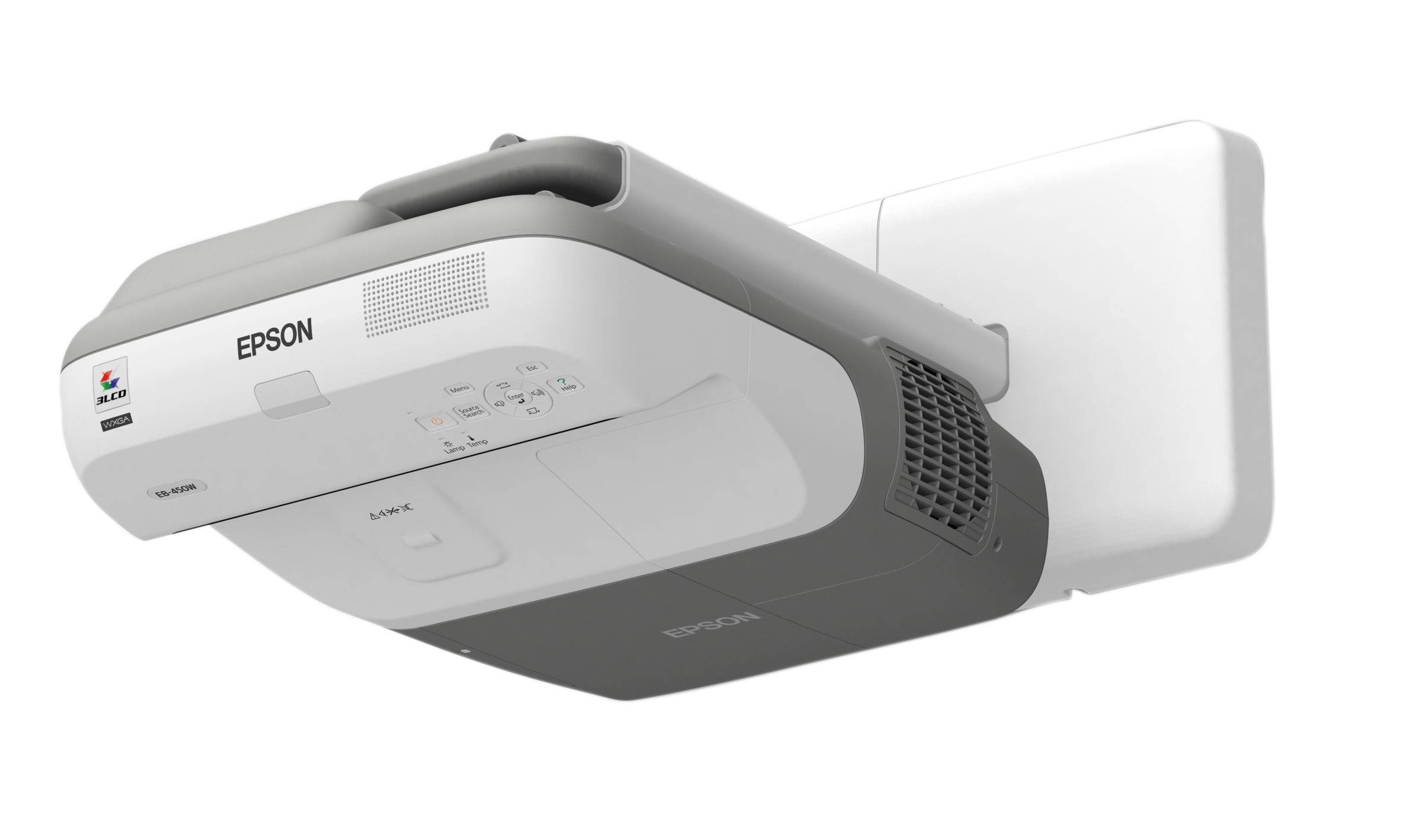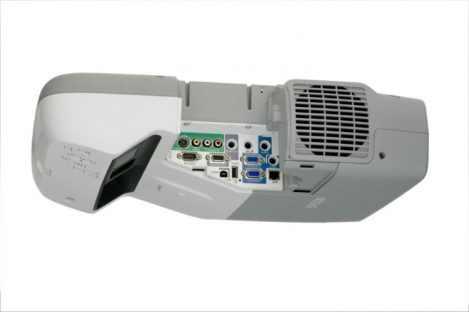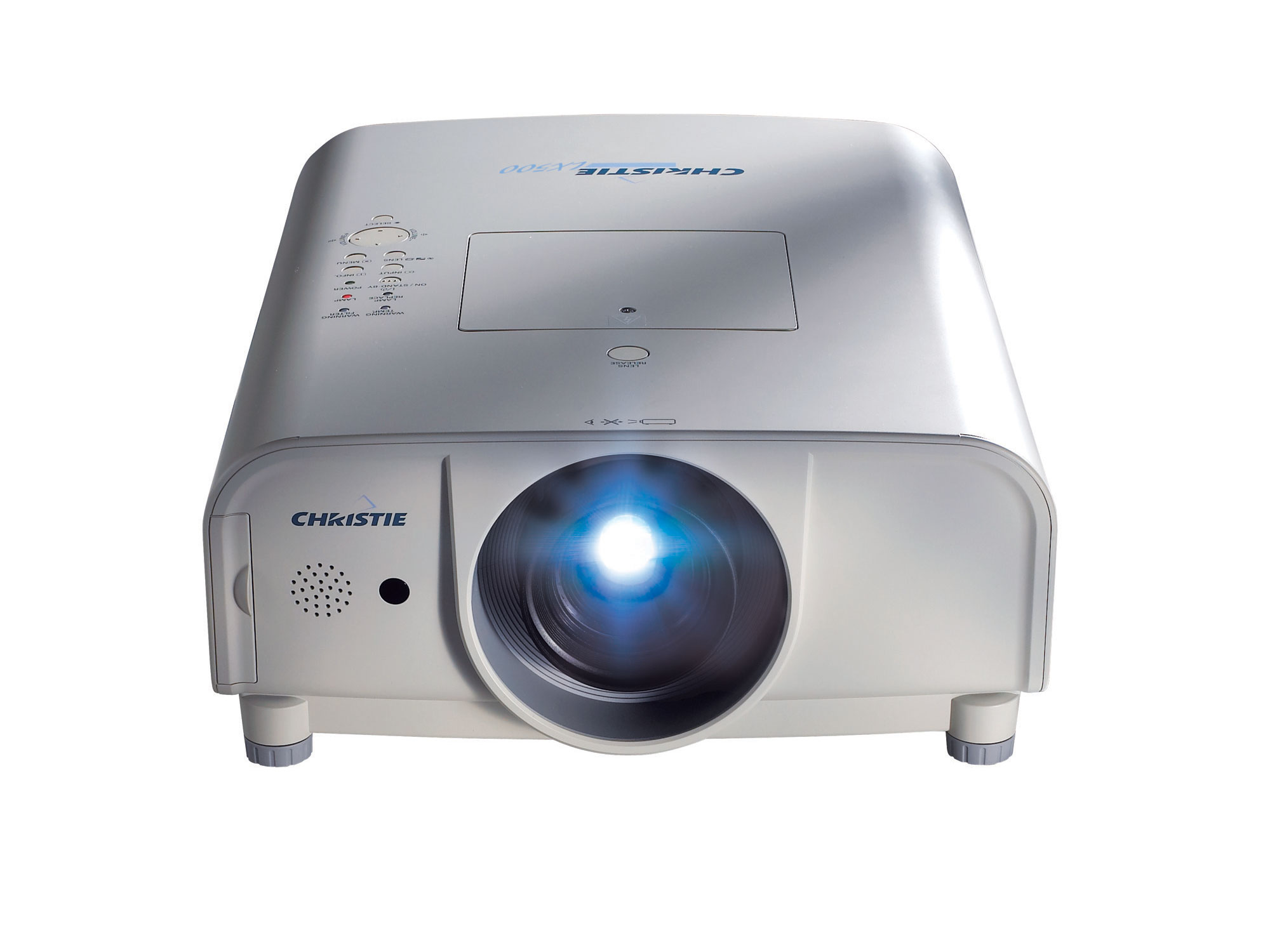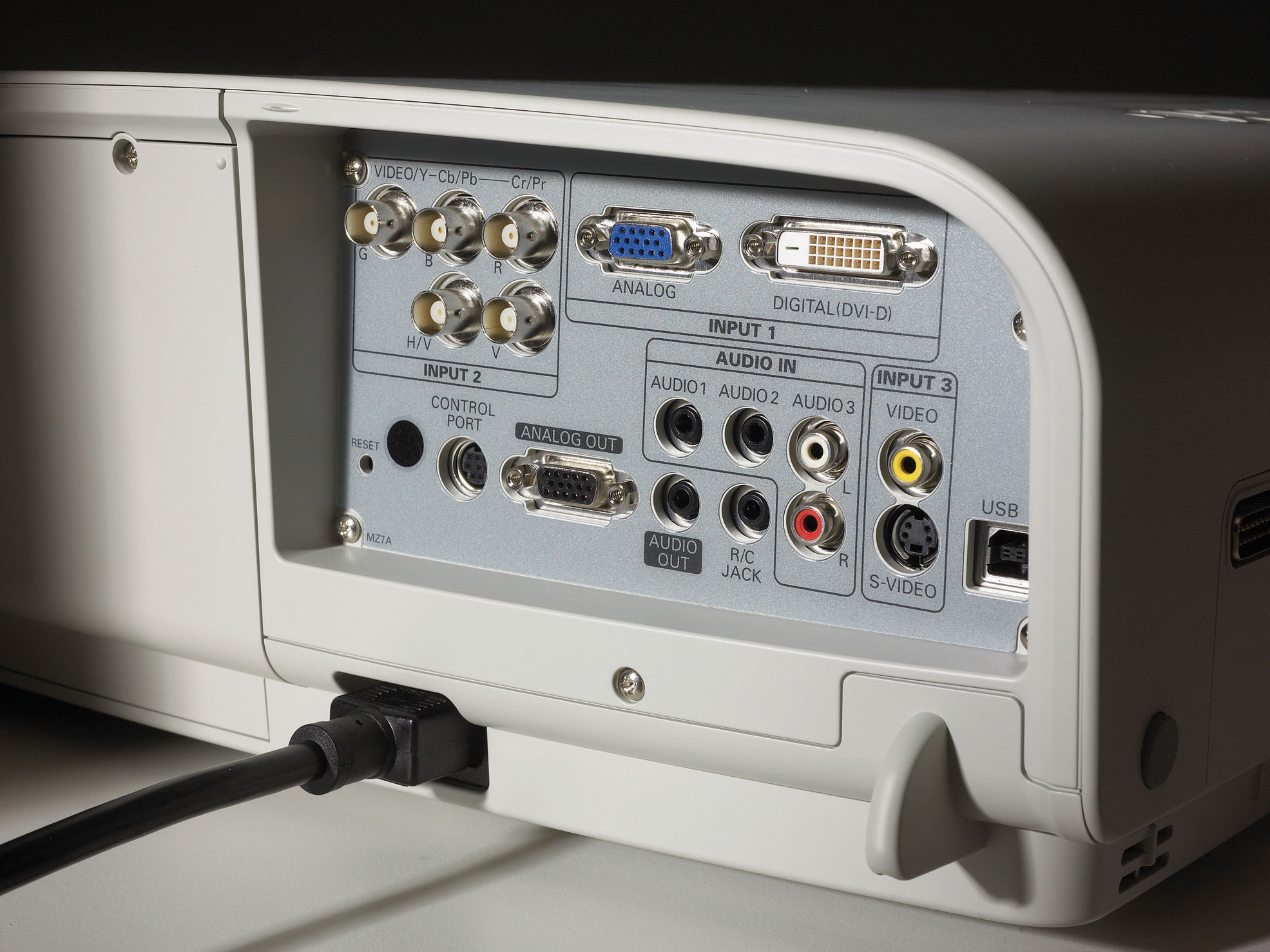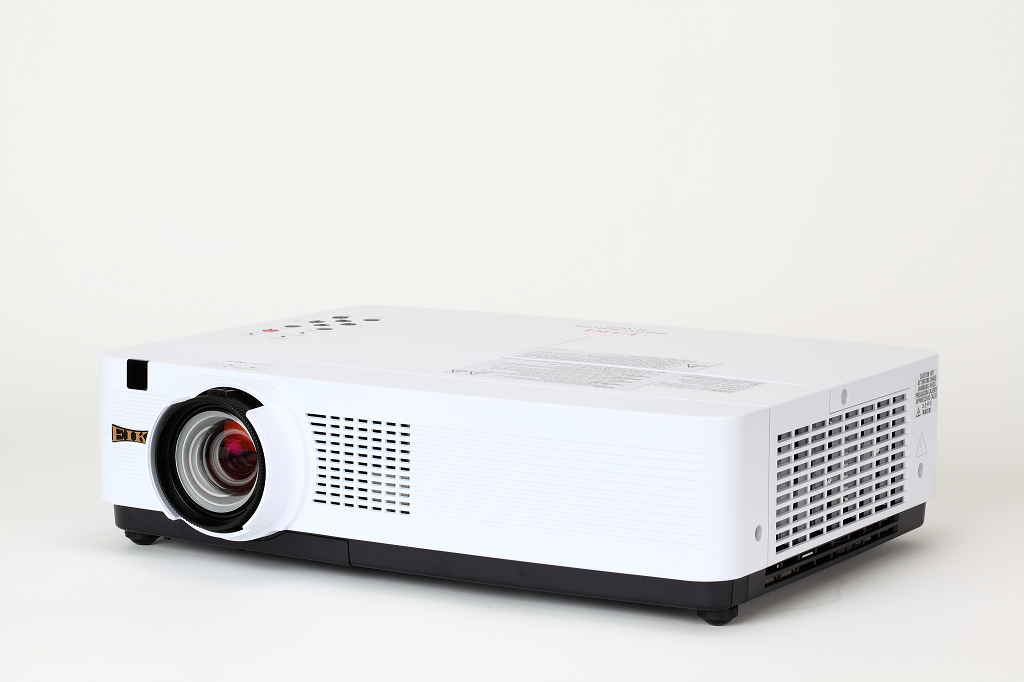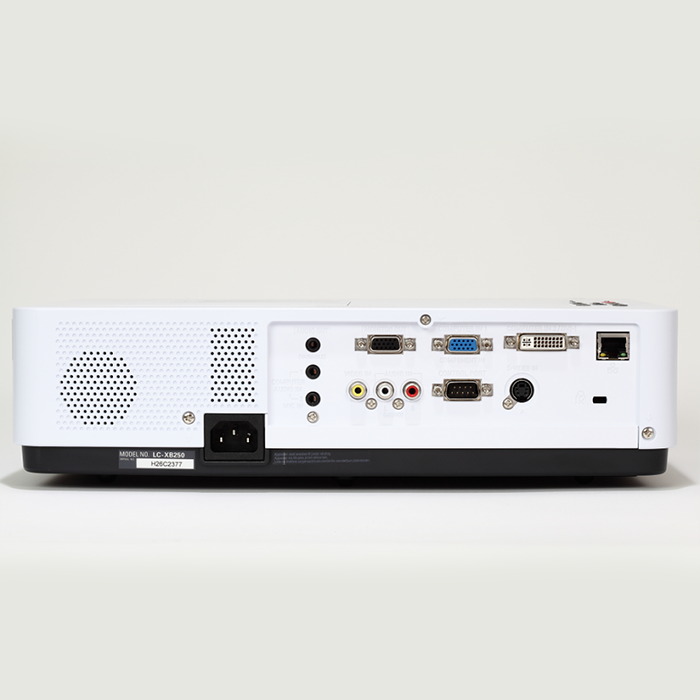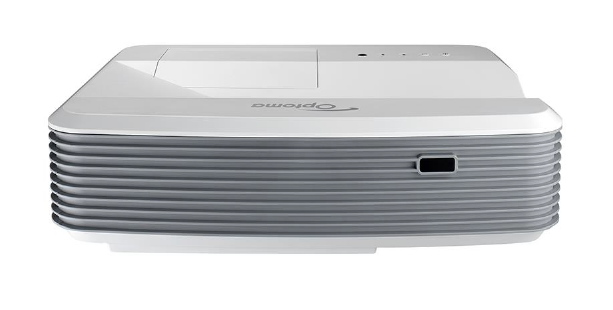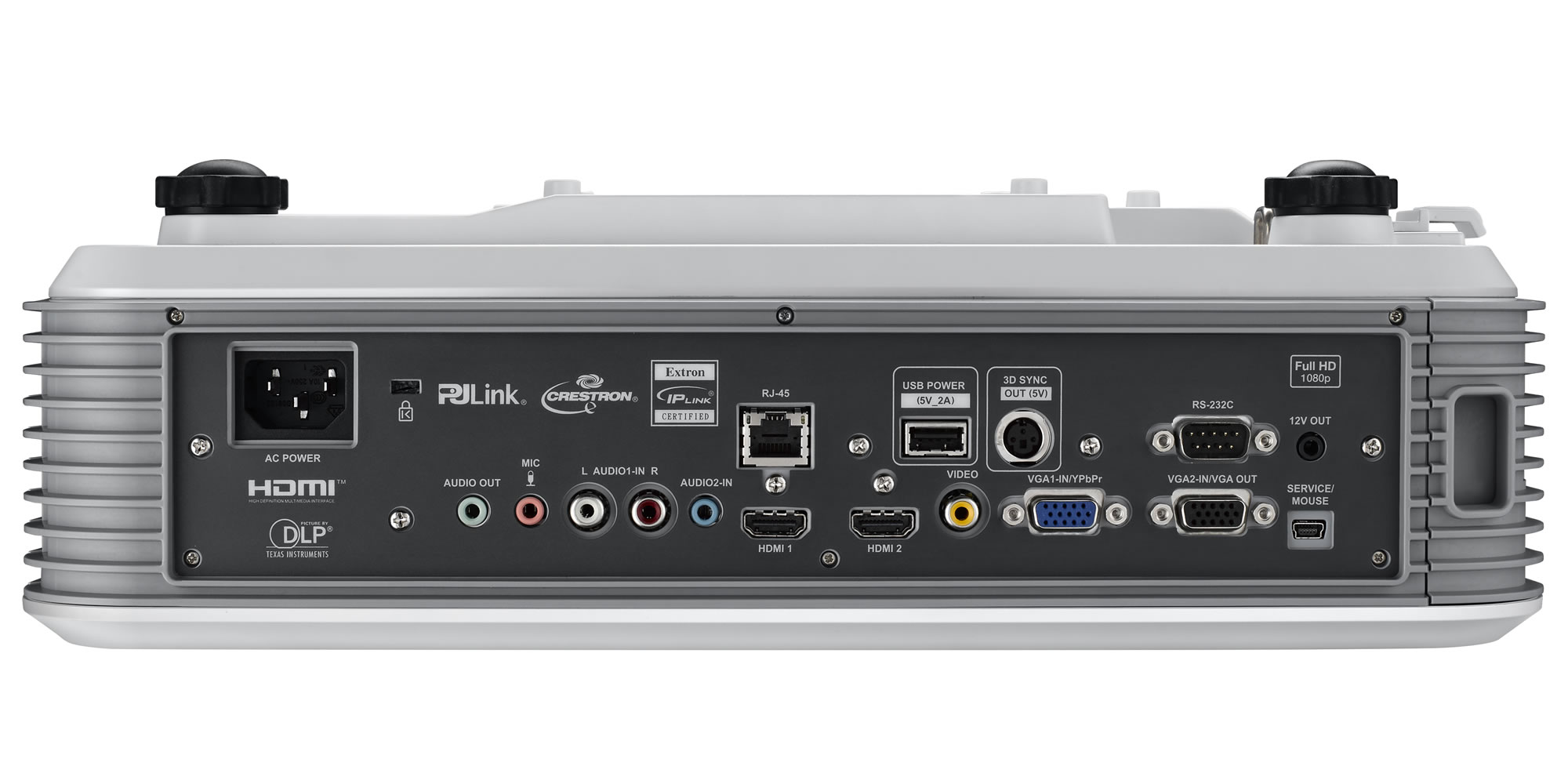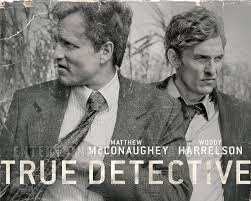When Vivitek’s H1080FD was first released in 2009, it was one of the only sub-$1,000 Full HD projectors on the market. Today that’s a crowded segment in the projector market, with all the major players like Optoma and BenQ delivering powerful Full HD set-ups well below $1,000. However, what made the Vivitek H1080FD so interesting at the time was that it delivered a high-quality image and substantial brightness for a below-average price. It was a perfect entry-level projector for home theater and entertainment.
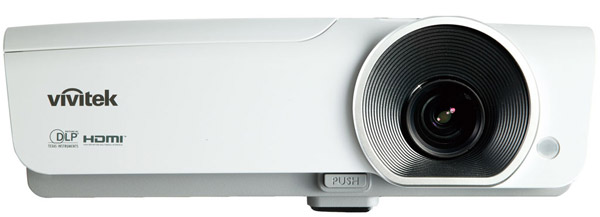
Today, the H1080FD holds its own in terms of image quality. Although image quality isn’t perfect (which should be expected from budget projectors), this model performs well. It’s been out-of-production since 2010, and it’s starting to show its age. Today’s sub-$1,000 projectors achieve enhanced image quality, they’re equipped with better feature sets, and they start at right around $500. In other words, purchasing a used H1080FD doesn’t make a lot of sense, even if you need something cheap to use alongside your higher-end set-up. Simply stated, you’re better off buying new.
Vivitek H1080FD: Features and Specs
At the time of its initial release, the HD1080FD was an incredible offer. It quickly became a favorite entry-level home projector not because of price alone, but because it performed well. Here are a few things that stand out:
- Brightness: Rated at 1,800 ASNI lumens, the H1080FD is and was a bright, entry-level projector. That made it ideal for living room set-ups. It is capable of delivering vibrant images in ambient light like HD sports and gaming, yet with three available brightness levels, it can easily be adjusted for watching movies in the home theater. Today, a 1,800-lumen rating is below average. The Optoma HD141X, for example, which retails for $574, is rated at 3,000 lumens.
- Contrast: With a contrast ratio of 4,000:1, the H1080 doesn’t perform as well compared to higher-end projectors. For instance, it won’t achieve those deep, dark blacks. Yet, it does hold its own, providing detail in the shadows and a quality image. The performance is comparable to similarly priced budget theater projectors released these days.
- Color Accuracy: Another reason the Vivitek made a splash when it was released was its color performance. With slight calibrations, it achieves great color saturation and performance is accurate. You likely won’t achieve those out-of-the-box, but it’s possible with a few minor adjustments.
Vivitek H1080FD: Shortcomings
It’s not fair to compare the H1080FD to similarly priced projectors released today. The technology has greatly advanced in the last half-decade, and what’s possible today for less than $1,000, just wasn’t in 2009. Yet, even then, the Vivitek H1080FD had its own issues. These include:
- Short Lamp Life: With full lumen output, the HD1080’s lamp achieves just a 2,000-hour lamp life, and it’s boosted up to 3,000 at lower settings. That’s about average for a DLP projector, but newer pieces of hardware tend to achieve longer lamp lives. The H1080FD’s replacement lamp – part No. 5811116206-S – is relatively affordable, but because the life is on the lower end, the projector’s overall cost of ownership does increase a bit.
- Problematic Ease-of-Use: Another common complaint is the projector’s confusing remote and menu controls. Plus, for maximum color performance, you’ll need to likely calibrate your projector. For these reasons, the H1080FD can’t be described as a “plug-and-play” option and it’s not very user-friendly.
- Some Rainbow Effects: The H1080FD is a 3-wheel DLP projector, and as such, a slight rainbow effect is visible in certain scenes. This problem is relatively minor, and should be expected from a budget projector. But it’s another reason to be wary of this set-up.
Overall, the Vivitek H1080FD is a powerful projector that delivers substantial brightness and above-average image quality. The biggest issues are price and feature set. The H1080FD doesn’t have 3D capabilities, it’s not wired for cloud connectivity and set-up flexibility is limited (it only has zoom functionalities). Plus, it is out-of-production, meaning it’s only available from resellers or as used or refurbished. If you can find a low-low price on this model, it might be worth the investment, whether as a beginner set-up or as a back-up to your higher-end projector. But if the cost is close to $500, you’re better off splurging on the Optoma HD141X or BenQ 1070/1075. They’re only slightly more expensive but much newer and with updated technology.
